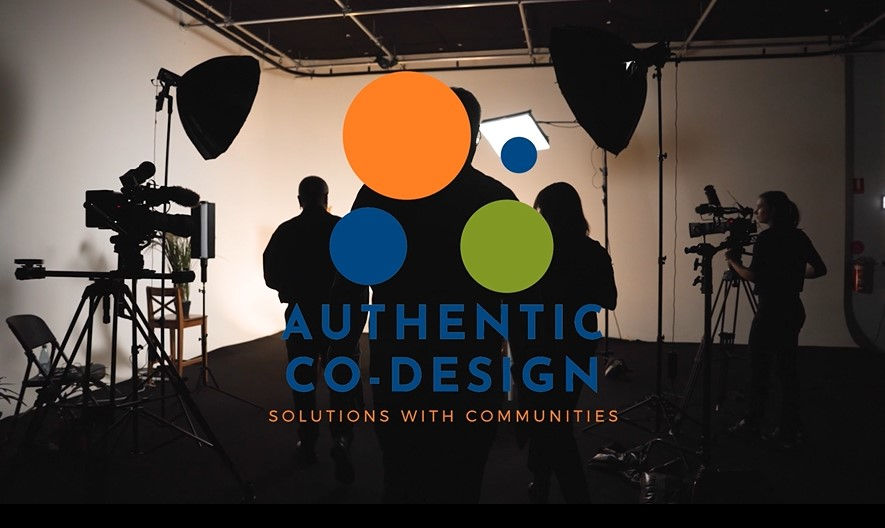Common mis-conceptions about using Co-design
- Anthony Boxshall
- Mar 26
- 3 min read

At Authentic Co-design we hear lots of mis-conceptions about co-design and reasons NOT to co-design.
We know it can be fearful and new. Aside from the benefits, there are often real challenges, perceived obstacles and even roadblocks. While the idea of co-design feels natural to many people, actually doing it is sometimes harder, and is certainly something that not everyone is trained to deliver.
In this blog we cover some of the common mis-conceptions about using co-design and offer some solutions.
Common mis-conceptions (and how to avoid them)
We think we should just start co-designing and it will be fine
Figure out if you are ‘ready’ for codesign
This is so important. Many people have no idea what actually ‘being’ ready involves. We would argue that this is THE most important step and why it is the first Step of any Authentic Co-design project or process. Frankly, if you are not ready and try anyway it will most likely make matters worse. One important part of this is having a stickable mandate.
We co-designed something we thought would be easy but it didn’t work…
Create defined and yet substantial parameters for co-design
Given the principles of Authentic Co-design this is foundational. You need to be mandated for something substantial and this mandate needs to be agreed before starting to co-design. Only your organisation can decide on its boundaries. Work needs to be done internally in the readiness step of co-design.
It is too hard to work out what should we co-design.
Develop a useful ‘design-question’ or remit
Super critical and also a very common question. We find it best to co-design this question with the participants once you are comfortable with your boundaries and have an internal organisational mandate for co-design.
Why is it hard to choose who should co-design with us?
Figure out the most useful composition of people for doing co-design
How long is that piece of string? This is an un-ending question and will involve you mapping your stakeholders (both internal and external) and always involving rights-holders. There are some very helpful processes and even some tips from us here.
We know what success is for our organisation – that should be enough…
Reach agreement on what ‘success’ means or looks like
Gosh we could write a whole chapter on this… and we did in the Authentic Co-design manual! Best tip here is to ask yourself what success looks like, then ask the participants in the co-design process, and then agree (or better still co-design) agreed measures of success.
Can we just leave out the technical stuff? It would make it easier…
Understand how to involve all the technical stuff and experts
There is virtually no co-design project or process we know of that does not involve experts or technical stuff that not everyone will be across. There is no way to avoid it. And there are ways to make it work for you. Some tips are here.
Want some more resources?
Over the last few years we’ve released a few related resources for getting comfortable with doing co-design. Here are some links to the relevant ones:
Skill yourself up with an Authentic Co-design course
Finally, if you are wondering how to skill yourself up in Co-design then it’s the perfect time to learn more about co-design through our effective and self-paced courses: https://www.authenticcodesign.com/courses
Use the Authentic Co-design Intro Course discount code (LAUNCH10) here https://www.authenticcodesign.com/introcourse

Comentários